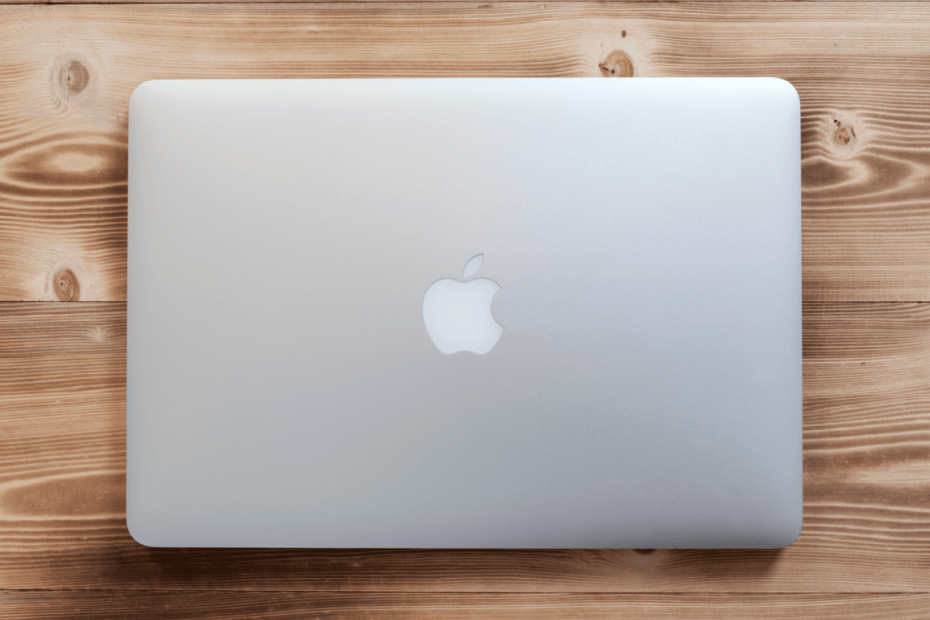Are you Ready To Optimize MacOS?
The latest version of MacOS is packed with powerful features and capabilities, but to truly make the most of your Mac, you need to optimize its performance. In this article, we’ll share tips and tricks on how to optimize the latest MacOS version to enhance speed, efficiency, and productivity. From decluttering your desktop to leveraging built-in optimization tools, these strategies will help you unlock your Mac’s full potential.
Keep Your MacOS Up-to-Date
The first step in optimizing your Mac is to ensure you’re running the latest version of MacOS. Apple frequently releases updates to improve performance, fix bugs, and provide new features. To check for updates, go to System Preferences > Software Update, and follow the prompts to install any available updates.
Clear Your Desktop and Optimize Storage
A cluttered desktop can slow down your Mac’s performance. To improve speed, minimize the number of files and folders on your desktop. Instead, organize your files in the Documents folder or other designated locations.
Additionally, optimize your storage using the built-in MacOS tool. Navigate to Apple Menu > About This Mac > Storage > Manage. From here, you can review recommendations for saving space, such as storing files in iCloud, emptying the trash automatically, or reducing clutter. This will free up space on your hard drive, allowing your Mac to run more efficiently. The following Bash script was created to help aid in the MacOS Bloatware Removal along with making adjustments to the system to help optimize the system for improved performance.
Keep Your Apple Mac Clean from Malware
Malware isn’t just a Windows problem. Malware can significantly slow down your Apple computer. Make sure you have reliable antivirus software installed and regularly scan your system for malware.
- Unfortunately, MacOS doesn’t have any default Malware protection and requires installing one.
- Search for ‘Virus & threat protection‘ for MacOS / OSX.
- In some cases, really bad malware like rootkits and other advanced malware can evade detection by standard Anti-Virus software. If you suspect your system is still infected, we recommend letting professional security experts help you.
Manage Startup Items
Some applications automatically launch when your Mac starts up, which can slow down your boot time. To manage these startup items, go to System Preferences > Users & Groups > Login Items. From there, you can remove any unnecessary applications by selecting them and clicking the “-” button.
Optimize Energy Settings
Adjusting your Mac’s energy settings can help improve performance and extend battery life. Navigate to System Preferences > Energy Saver, where you can configure options like putting your hard disk to sleep, dimming the display, and turning off Wi-Fi when not in use. Customizing these settings will help your Mac run more efficiently.
Monitor and Manage Resource-Hungry Applications
Resource-intensive applications can significantly impact your Mac’s performance. Use the built-in Activity Monitor (located in the Utilities folder within the Applications folder) to identify which apps are consuming the most resources. If an application is using a disproportionate amount of CPU or memory, consider closing it or finding an alternative that is less resource-intensive.
Regularly Run Maintenance Tasks
Performing regular maintenance tasks can help keep your Mac running smoothly. These tasks include emptying the trash, running disk cleanup, and repairing disk permissions. To automate these tasks, you can use third-party applications like OnyX or CleanMyMac, which can help optimize your MacOS with minimal effort.
Disable Visual Effects
MacOS has several visual effects that can consume system resources. Disabling these effects can improve performance. Go to System Preferences > Dock & Menu Bar, and uncheck options such as “Animate opening applications” and “Automatically hide and show the Dock.” Additionally, reduce transparency by going to System Preferences > Accessibility > Display and checking the “Reduce transparency” box.
Conclusion
Optimizing the latest version of MacOS can significantly enhance your Mac’s performance, making it faster and more efficient. By keeping your system up-to-date, managing storage and startup items, adjusting energy settings, monitoring resource-hungry applications, performing regular maintenance, and disabling visual effects, you’ll unlock your Mac’s full potential. Experience an unbeatable MacOS experience by implementing these optimization tips today.
